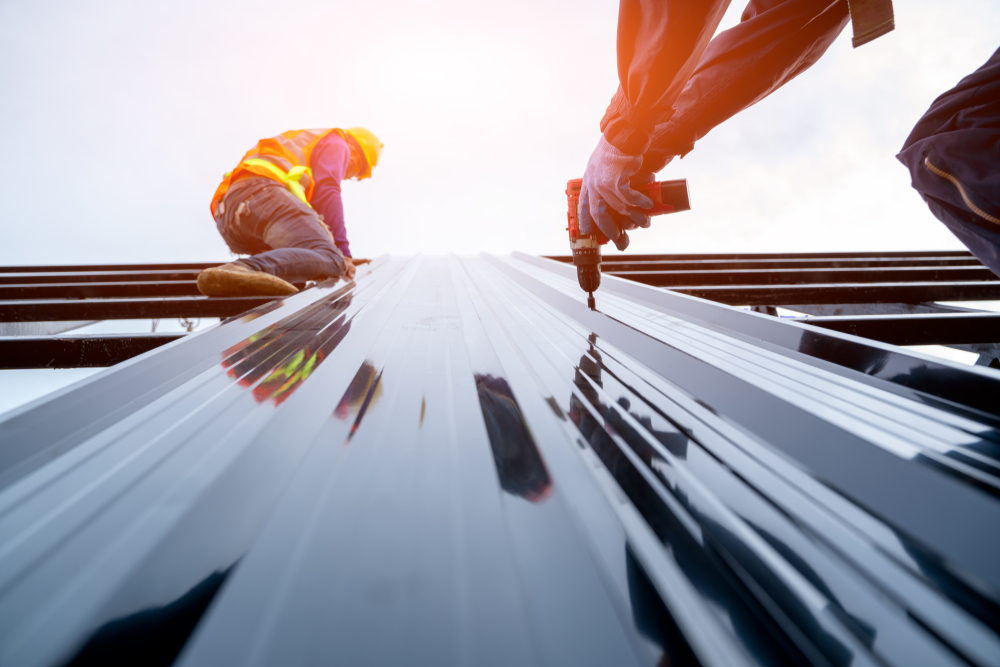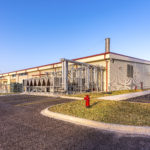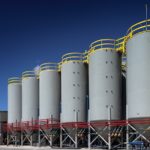Choosing Roofing Materials
Choosing Roofing Materials
There are a few choice roofing materials that are worth looking into for your commercial building project. The choices can be overwhelming, but we’ll talk about some of the best options for most projects.
Ethylene Propylene Diene Monomer (EPDM)
More commonly known as rubber roofing, EPDM is a great choice to save money and time. Because it is so lightweight, the roof deck doesn’t need to be reinforced. You can plan on a life expectancy of up to 20 years with a high quality EPDM. The durable roofing absorbs heat because it’s black and isn’t easily damaged by UV rays.
The disadvantages of EPDM are not to be dismissed, though. Aesthetically, the roofing looks like an unfurled inner tube. The black color, while great in the winter to keep the building warm, can cause stress on A/C systems in the warmer months. However it is available in lighter colors to help reflect the heat. The adhesive is another drawback because there are longer lasting methods available now for other types of roofing materials. EPDM roofs are also prone to puncturing, though the punctures are easy to repair.
All in all, EPDM is a low cost option that can be considered for your project.
Polyvinyl Chloride (PVC)
PVC roofing is composed of two layers of PVC reinforced by polyester in between. Additives make the material UV-stable and flexible while also preventing curing. PVC is known for its durability, and the lifespan is long on a flat or low-slope roof. The material is resistant to chemicals and elements such as wind, fire, and moisture. The heat welding installation process keeps seams together and creates a permanent bond between sheets.
PVC isn’t the most inexpensive material to choose, and it can shrink over time. That can pull the seams aparat, lift corners, and cause leaks. Cold weather can lead to shattering and puncturing in older PVC roofs, and can be difficult to repair.
Overall, PVC roofs are more fire resistant and durable than EPDM.
Spray Polyurethane Foam (SPF)
Spray foam roofs are made from a form of plastic that can dry in just seconds, while also expanding as it dries. When layered well, SPF systems have outstanding tensile strength and durability. The top coat reflects sunlight and helps save on energy costs. These roofs can last over 40 years if properly maintained and coated. The roof becomes watertight and airtight when it expands because it seals off any gaps that may exist, and can also enhance the structural support of the building.
In order for results to last long-term, SPF roofing must be applied carefully. Specialized training is needed, so be sure to find an experienced installer. Because the roofing material can be difficult and expensive to remove, proper maintenance is very important.
Acrylic Roof Coatings
Acrylic coatings are preferred to roof replacement, and can be applied to a variety of roof types. To get a seamless result, the coating requires a primer, base coat, fabric, another layer of base coat, and a final top coat. The fully adhered membrane is strong enough to hold up against heavy hail and can last a long time with proper maintenance. The coating system can even be installed directly on plywood in new construction. It is watertight and seamless, and cannot be matched by anything else on the market currently.
The coating needs to be applied at 50 degrees or above and can be known for losing mil thickness. Flat roofs need to have depressed areas built up before application to prevent ponding water.
Your best option is to work with your contractor to discuss the best options for your specific project. Benchmark Builders will be able to show you the right material!




